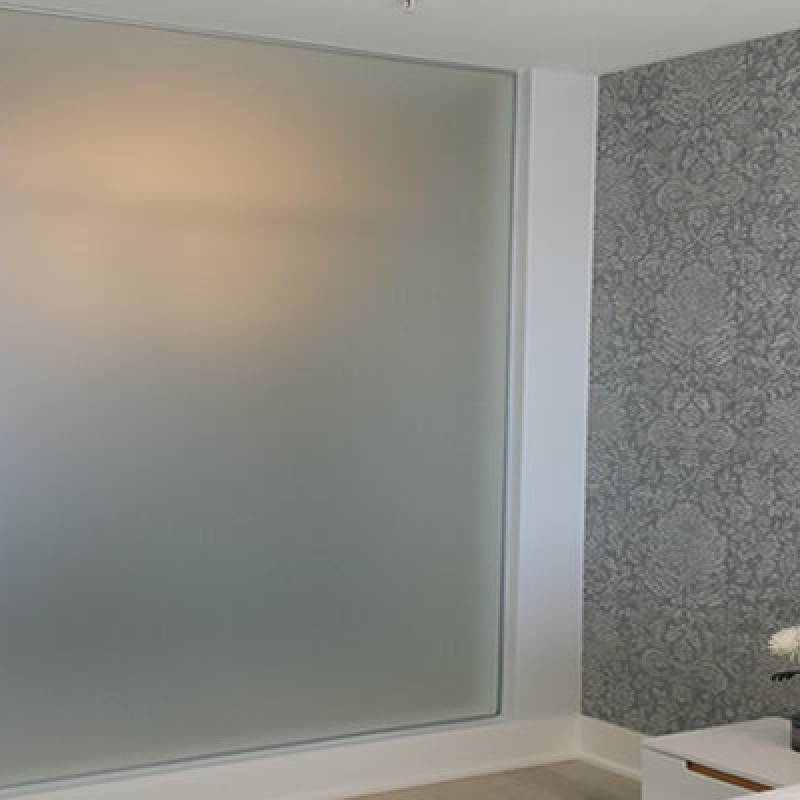

Understanding Reflective Glass Properties and Applications
Reflective glass has become a significant component in modern architecture and design, blending aesthetic appeal with functionality. This specialized type of glass is coated with a thin layer of metallic oxides, allowing it to reflect sunlight while allowing some light to pass through. As a result, reflective glass not only enhances the visual appeal of buildings but also contributes to energy efficiency and privacy.
Properties of Reflective Glass
The primary property of reflective glass is its ability to reflect solar energy. By reflecting a substantial amount of solar radiation, it reduces heat gain within buildings, leading to cooler interior temperatures. This characteristic is particularly beneficial in climates that experience high temperatures, as it lessens the reliance on air conditioning, resulting in significant energy savings.
Reflective glass also offers a unique aesthetic quality. The reflective surface creates a mirror-like effect that changes appearance with varying light conditions, lending a dynamic look to any structure. During the day, it can blend harmoniously with the surroundings, while at night, it reflects interior lights, giving an enchanting glow to buildings.
Privacy is another essential benefit of reflective glass. It limits visibility from the outside while allowing inhabitants to enjoy views from within. This characteristic makes reflective glass an appealing option for skyscrapers, office buildings, and residential projects.
In terms of solar control, reflective glass can be tailored to meet specific needs. Different levels of reflectivity can be achieved depending on the coating and thickness of the glass, allowing architects and designers to choose products that meet desired performance standards.

Applications of Reflective Glass
The applications for reflective glass are vast and varied. It is widely used in commercial buildings, where large expanses of glass facades serve both functional and aesthetic roles. For instance, reflective glass is often utilized in office complexes, retail stores, and hotels, enhancing the modern look while providing energy efficiency.
In residential construction, homeowners increasingly opt for reflective glass to improve energy performance while maintaining stylish designs. Features like balconies and large windows can create stunning visual elements while benefiting from the thermal and reflective properties of the glass.
Reflective glass is also utilized in automotive design. Many vehicles come equipped with glass that features reflective properties, reducing glare and heat inside the cabin, thus improving passenger comfort.
Furthermore, reflective glass has found its way into interior design applications. It is often used in partitions, decorative elements, and mirrors to create spaces that feel larger and brighter.
Conclusion
Reflective glass embodies a blend of practicality and visual elegance. Its ability to control heat and light, coupled with its appealing aesthetics, makes it a sought-after choice across various industries. As technology advances, we can expect to see continued innovation within the realm of reflective glass, further enhancing its properties and applications. Whether utilized in towering skyscrapers or intimate residences, reflective glass is poised to remain a vital element in contemporary architecture, contributing not only to design but also to energy efficiency and sustainability. By harnessing the properties of reflective glass, we can create spaces that are not only beautiful but also environmentally responsible.